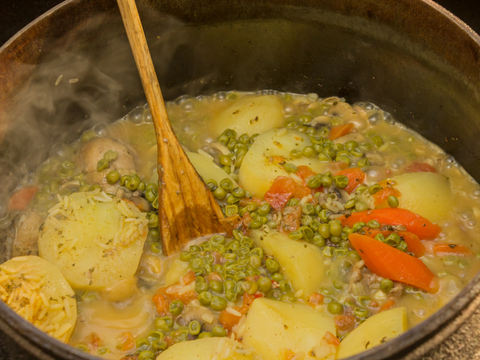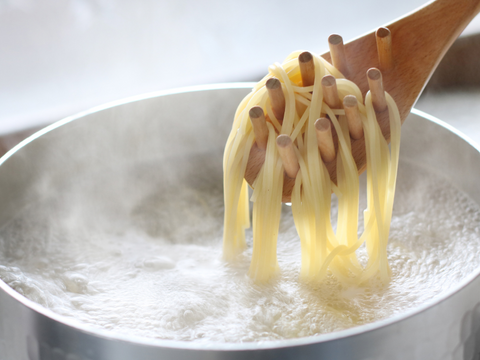As you delve deeper into the world of culinary arts, you will realize that there is so much more to cooking than just throwing ingredients into a pan and hoping for the best. The techniques you use can significantly impact the flavor, texture, and overall quality of your dishes. Today, we are going to talk about two fundamental cooking techniques: simmering and boiling. Understanding the difference between these two methods and knowing when to use each can take your cooking skills to the next level.
What is Boiling?
Boiling is a high-temperature cooking technique where the liquid (usually water or broth) reaches its highest possible temperature for a particular atmospheric pressure, which is 100°C (212°F) at sea level. You'll know that your liquid has reached the boiling point when you see large, vigorous bubbles breaking the surface rapidly.

Boiling is great for cooking food quickly. It's ideal for pasta, potatoes, and corn on the cob, as these foods need high heat to cook through. Boiling is also an excellent method for making hard-boiled eggs or blanching vegetables to retain their vibrant colors.
What is Simmering?
Simmering, on the other hand, is a more gentle cooking process. It occurs at temperatures between 85°C (185°F) and 95°C (205°F), just below the boiling point. When simmering, you should see small bubbles rising to the surface at a slower, more leisurely pace.

Simmering is perfect for cooking dishes that need time to develop flavors and tenderize, like soups, stews, and braises. This slower, gentler method allows the flavors to meld together beautifully without the risk of overcooking or toughening the food.
The Impact on Your Cooking
The choice between simmering and boiling can significantly impact the outcome of your dish. Boiling can cook food quickly, but it can also cause delicate ingredients to fall apart or become tough and overcooked. On the other hand, simmering allows you to cook food slowly, which can result in more flavorful and tender dishes, but it also requires more time.
Moreover, simmering is less likely to cause a dish to burn compared to boiling, as the lower temperature makes it easier to control the cooking process. However, both methods have their purposes and are essential tools in any home cook's arsenal.
In conclusion, understanding the difference between simmering and boiling, and knowing when to use each technique, can greatly enhance your cooking. Boiling is best for cooking food quickly and for ingredients that can withstand high heat, while simmering is ideal for slow-cooked dishes where flavors need time to develop and meld. So, the next time you find yourself in the kitchen, pay attention to the temperature of your pot. You'll be surprised at the difference it can make!
Keep experimenting, keep learning, and most importantly, keep enjoying the delightful journey of cooking. After all, the kitchen is the heart of every home, and the food we cook is a testament to our love for those who eat it. Happy cooking!
























